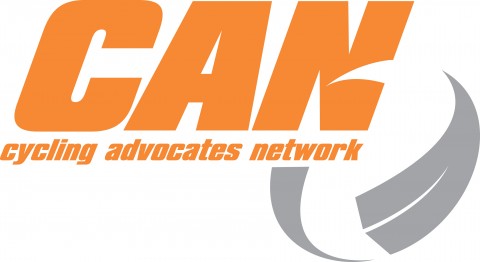
Working daily with budding bicycle and pedestrian advocacy leaders throughout the US and Canada, I've seen many organizations spark and fizzle while others develop into a lasting flame.
So what separates the groups whose fire is short-lived from those that go on for decades and go on to win big victories for biking and walking rights?
Here are five tips that healthy, lively, and long-lasting advocacy groups almost always follow.
1. Build a dream team
Advocacy is all about relationship building. And a successful advocacy organization starts with a dream team: the board and staff that lead it. Even if you're starting out alone, there are likely many other people in your community working solo on your issue. Pick your board members with caution however; one self-serving individual can be debilitating. Choose leaders with non-profit and business management experience who are passionate about the cause and have something to contribute. Remember the four D's: board members are doers, door-openers, donors, or dead weight.
2. Brand your organization
Who are you and what are you about? Every organization starts with a name, a mission and vision. These form the foundation of your group's identity. Use them to build other identity elements: a logo, a website and print materials. Your mission statement should be short and memorable so that your leaders can easily recite it. Every new introduction should start with your organization's full name and mission statement. Along with identity, persistence and consistency are key!
3. Have three winnable campaigns on the burner
Host a planning meeting with your group's leaders and stakeholders to determine which activities should be your priorities. Ideally you will always have three campaigns to work on. Two should be achievable in the near-term and make real changes on the ground (a new bike lane or trail for example) and the other can be a longer-term initiative (a legislative campaign or a bike and walk to school program.) Choose campaigns that are winnable, will unite your organization, and will attract new members and supporters. Think of each effort as feeding your growing organization. As you grow bigger and stronger, you will be able to take on even bigger campaigns and make more of an impact.
4. Tell your story
Communicate, communicate, communicate. Keeping your organization's leaders, members and donors informed of your work is one of the most important elements of success. You might be doing great things, but if no one else knows about it, you won't get the support you need for lasting success. Collect email addresses and contact information at every opportunity. Try and send an e-newsletter or email update at least once a month to invite your supporters to your events, and ask them to take action on your campaigns and/or for donations to support your work.
5. Reach higher, hire
As passionate as your volunteer leaders may be, burnout is inevitable for an all-volunteer run organization. After all, managing campaigns, memberships, organization finances and communications is a full-time job. Hiring a staff person can catapult your organization to the next level. Your first staff person should be an executive director. Only an ED will have the capacity to lead your organization and fundraise for its continued existence. Base the salary on the local pay scale for non-profit executives. Worried about not having enough money? You only need 4 - 6 months' salary in the bank to hire someone. The new ED will be tasked with working with board members to ensure continued funding.
Source: Momentum magazine.
Kristen Steele works for the Alliance for Biking and Walking, the North-American coalition of over 140 bicycle and pedestrian advocacy organizations, where she gives advice, develops resources, and leads training for advocacy leaders.
